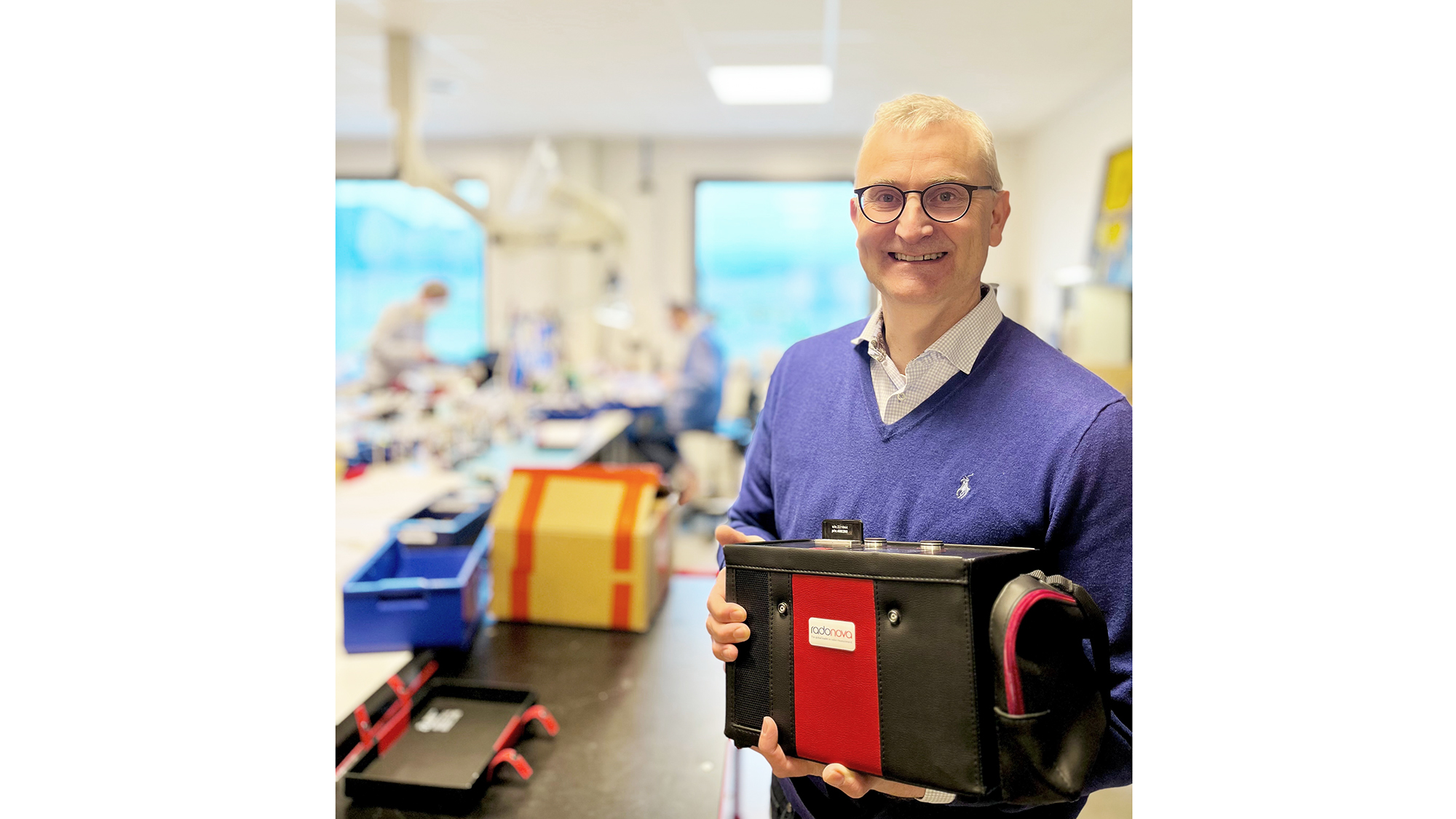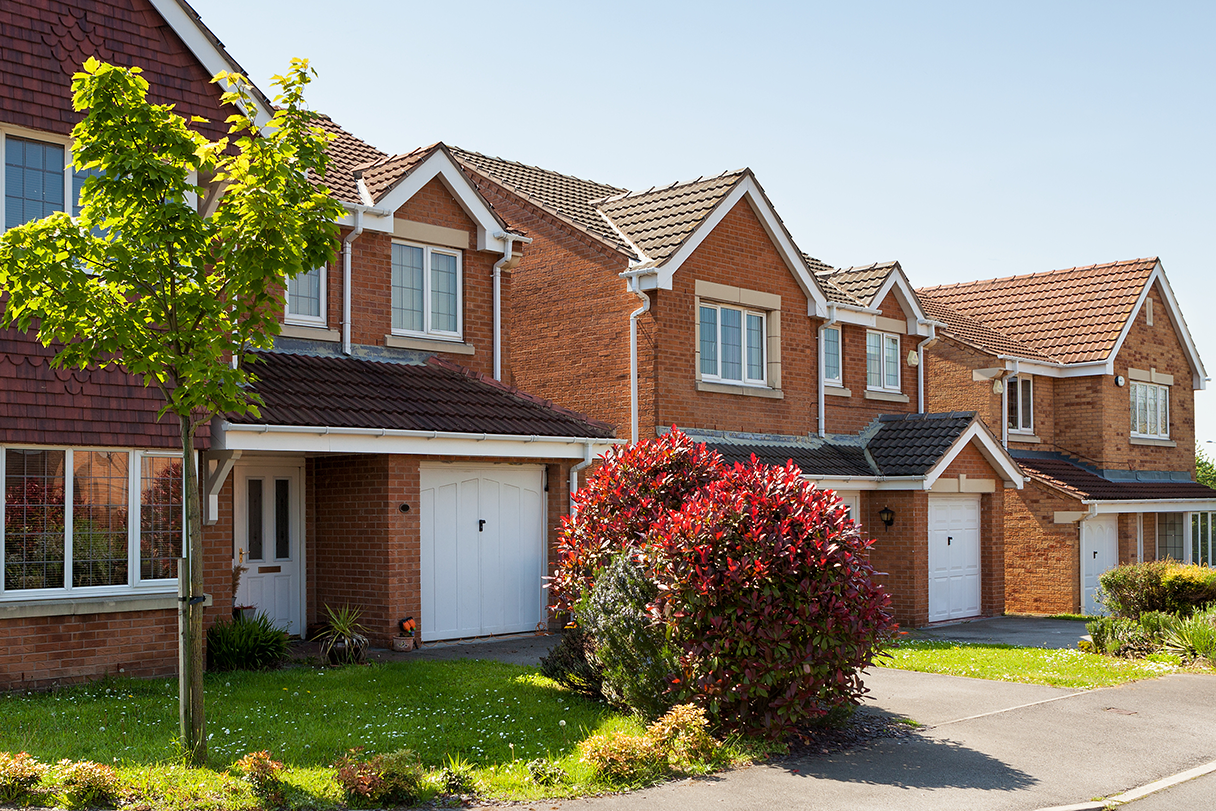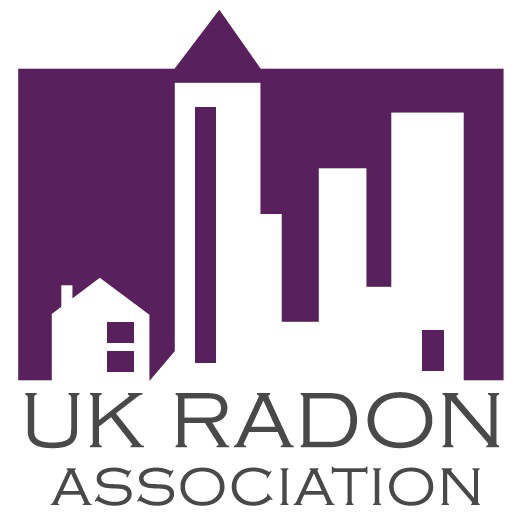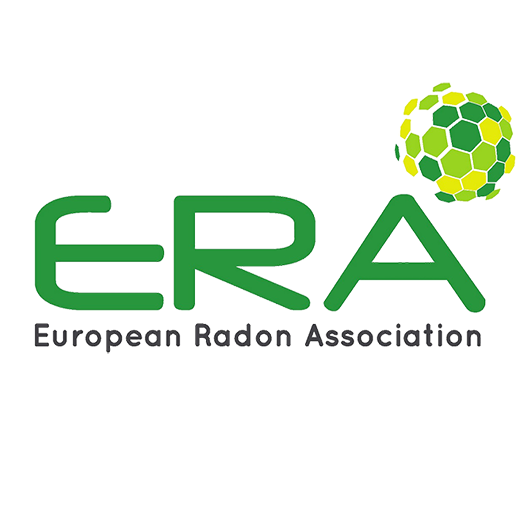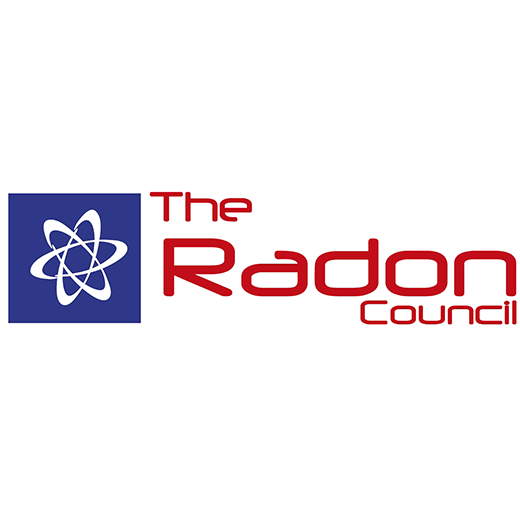Under the EU Radiation Protection Directive, 2013/59/Euratom, which entered into force in February 2018, employers must determine the radon concentrations in the workplace and take appropriate measures to address radon levels above the national limit for radon. With the introduction of the new Directive, questions often arise as to how radon monitoring in the workplace should be handled.
How do we measure radon in workplaces and what should we be considering?
It is basically easy to measure radon. You order radon detectors, deploy them, record data, collect the detectors and send them to the radon laboratory, which will return a report by e-mail or online. However, there are several aspects to consider, such as how many radon detectors are needed for a reliable measurement. Another question is how the work can be done as efficiently as possible. As the biggest cost of radon measurement is the time it takes to deploy the detectors, record the data, and then retrieve them again, it is vital to ensure efficiency and safety at all stages of the process.
Requirements for radon monitoring in a workplace
To make efficient use of time and arrive at a correct measurement, the person monitoring a workplace should make the following demands of the laboratory where the radon detectors were bought. This applies whether you do the job yourself or use an external consultant. Measurements should be taken with radon detectors from an accredited radon laboratory.
Ensure that:
– the laboratory is accredited according to ISO 17025 for measuring radon in indoor air
– the delivery time for detectors is within 2-3 days of ordering
– the delivery time for electronic analysis reports is within one (1) week of the detectors reaching the laboratory
– the laboratory has a web application which allows measurement details to be entered and results to be downloaded, and
- measurements to be filtered on e.g. address, property name, order code etc.
- consolidated reports to be downloaded in PDF format
- can be used on a tablet or other mobile device in the field.
It is also important to make the radon measurements known to your own staff. Information material on radon and the planned measurements should therefore be distributed before monitoring starts. It is also important to inform the cleaning staff if the service is outsourced. The radon detectors need to be placed securely so they cannot be moved or otherwise interfered with during monitoring (cable ties could be used).
How many radon detectors are needed to monitor radon in the workplace?
For radon measurement in the workplace, Radonova recommends following guidelines from IRMA (the International Radon Measurement Association). You will then meet your national requirements as well. The advantage of IRMA’s guidelines is that their recommended measurement procedure helps to save time. You can also use our simulator.
The following locations must be included when measuring radon:
– Rooms and locations regularly used for more than four hours per day
– All underground/basement locations or other locations used by anyone for more than 50 hours per year where there is a risk of radon leakage
– Any relevant locations/rooms at basement and ground floor level. In larger spaces, deploy at least one detector per 150 m2.
– On higher floors: At least two detectors, and at least one per 250 m2.
What happens if you are over the reference value?
If it turns out that you are over the reference value, you should start by measuring the radon concentration during working hours (a shorter period). You could do this with Radonova’s Duotrak radon detector, for example. Note: Because work premises are usually ventilated more during working hours, the radon level could be lower at this time.
If the workplace is still over the reference value, you must take steps to reduce the radon level. This is normally done by controlling the ventilation. In these cases, however, we recommend contacting a radon consultant who can investigate where the radon is coming from and suggest appropriate action.



